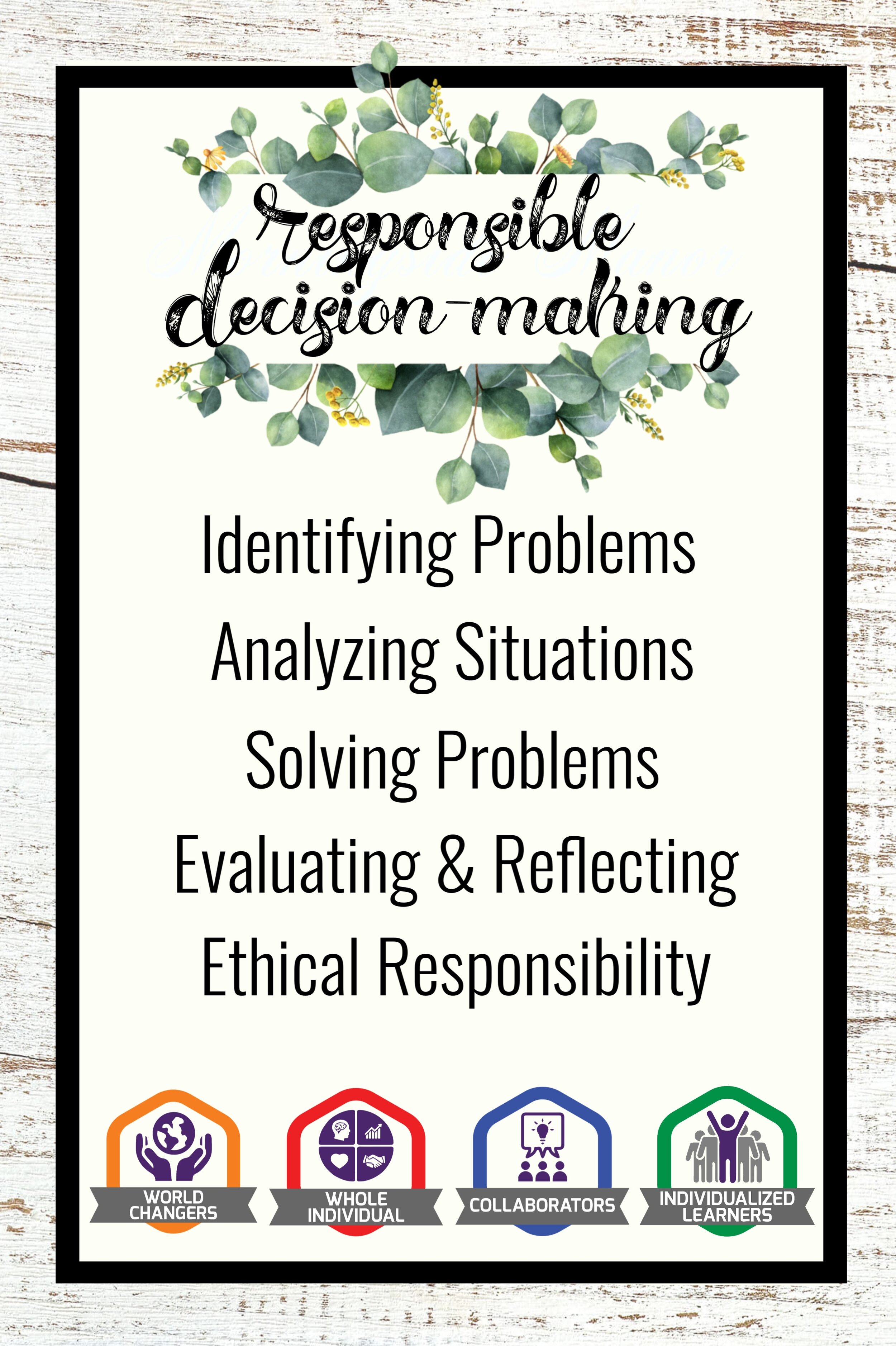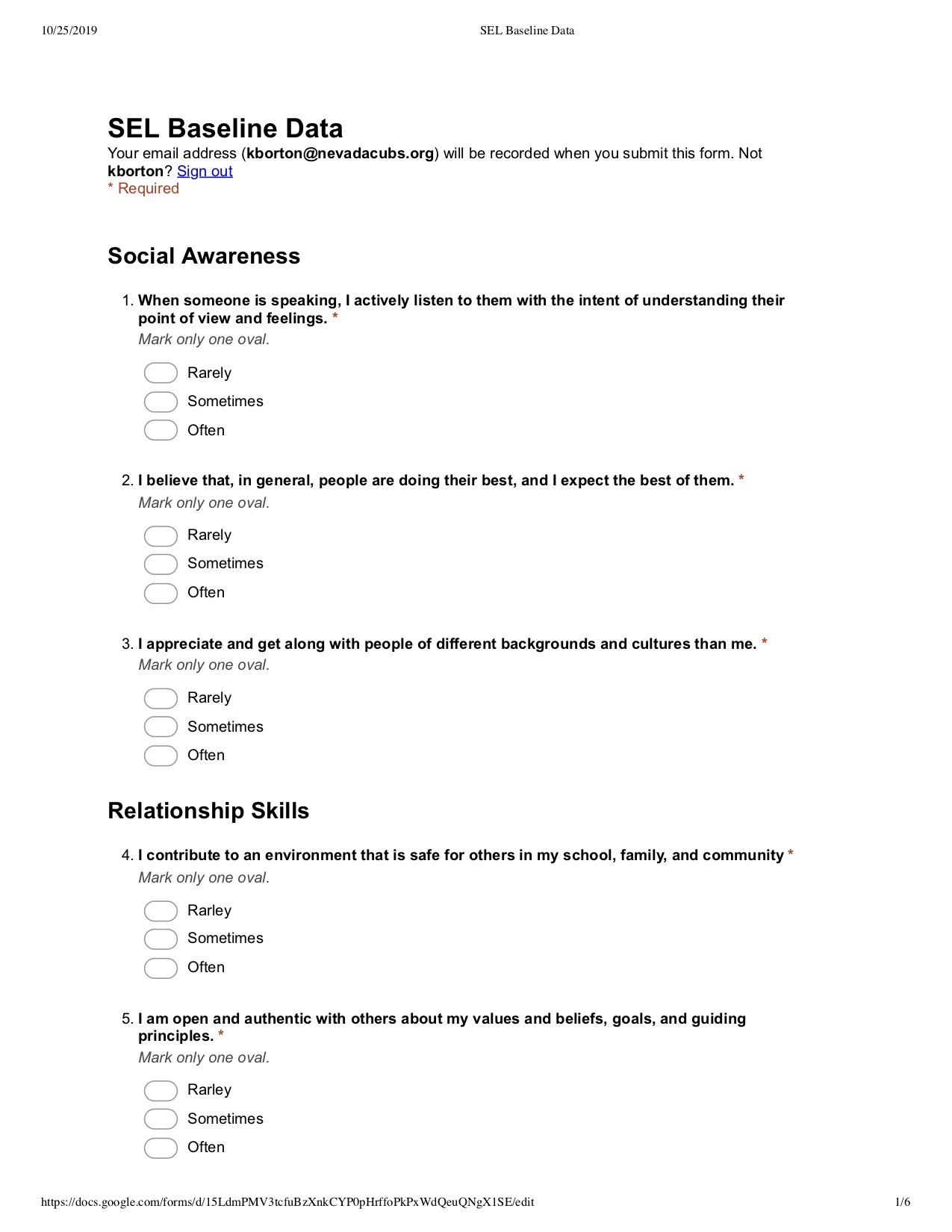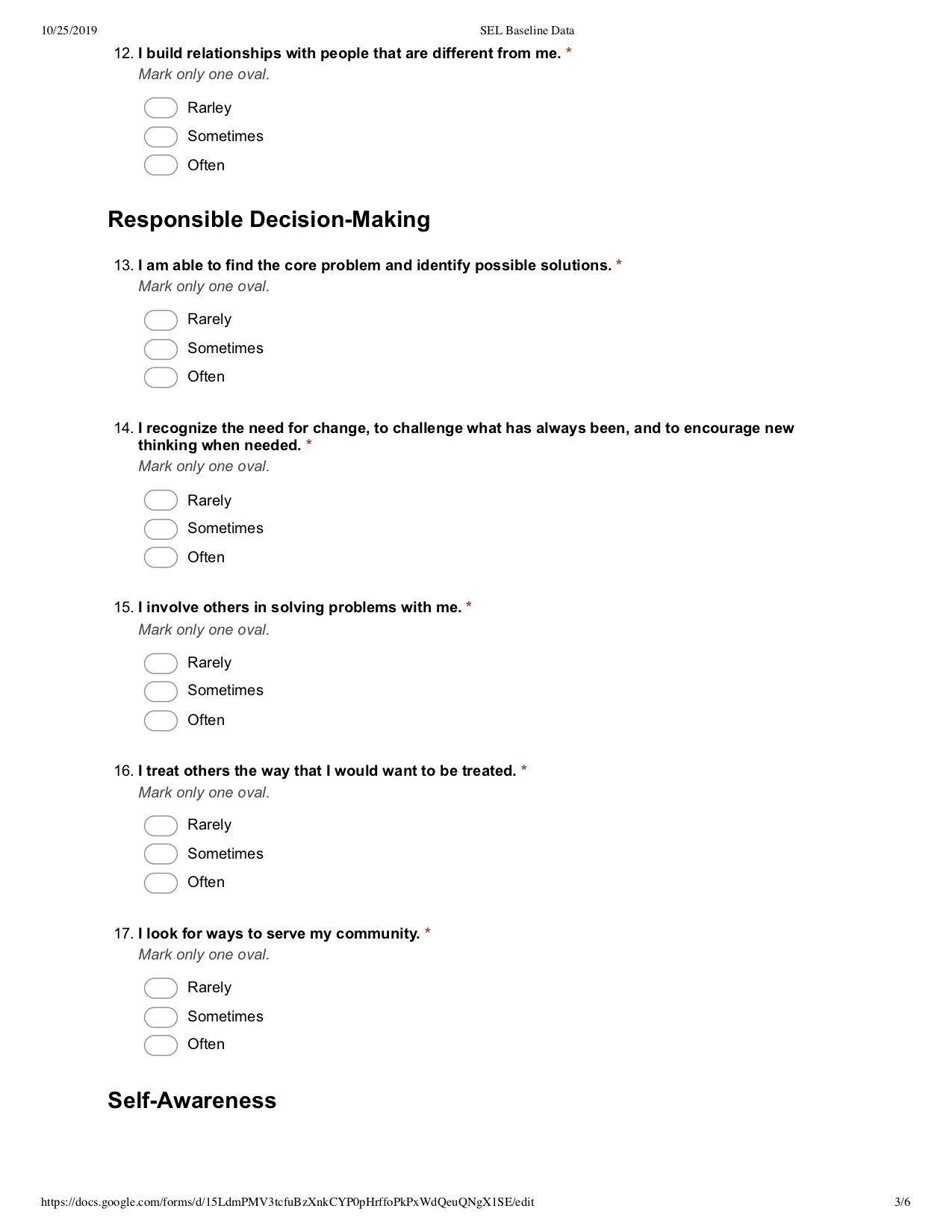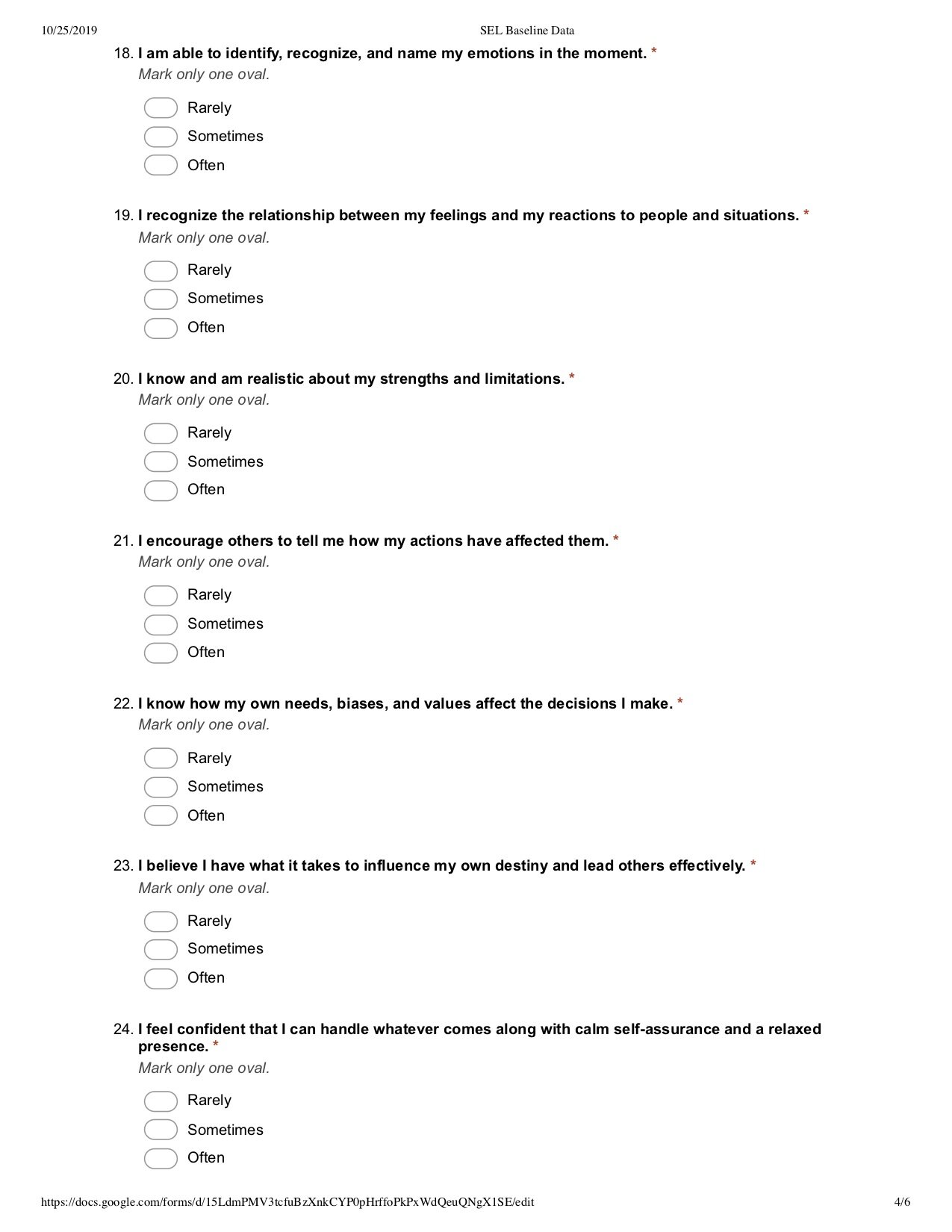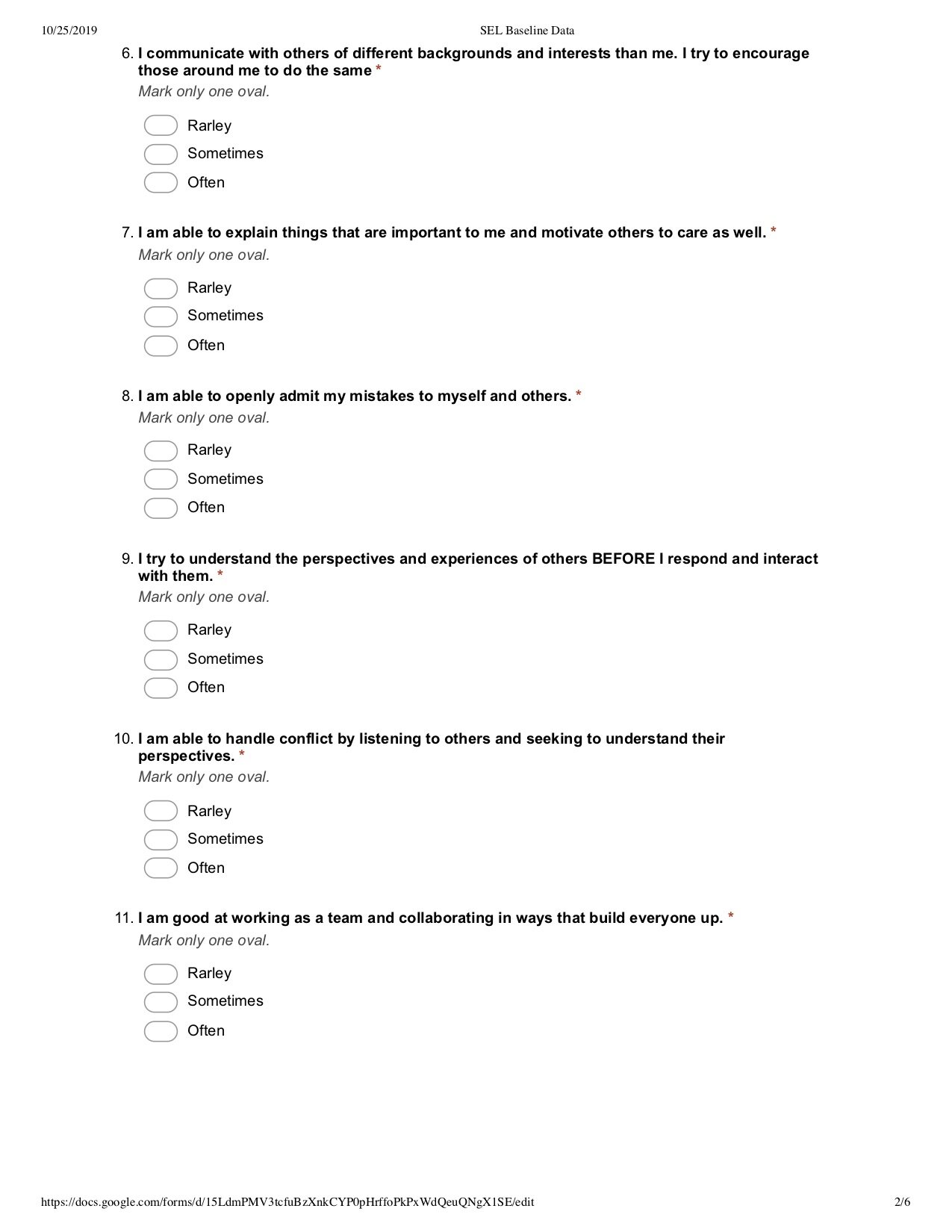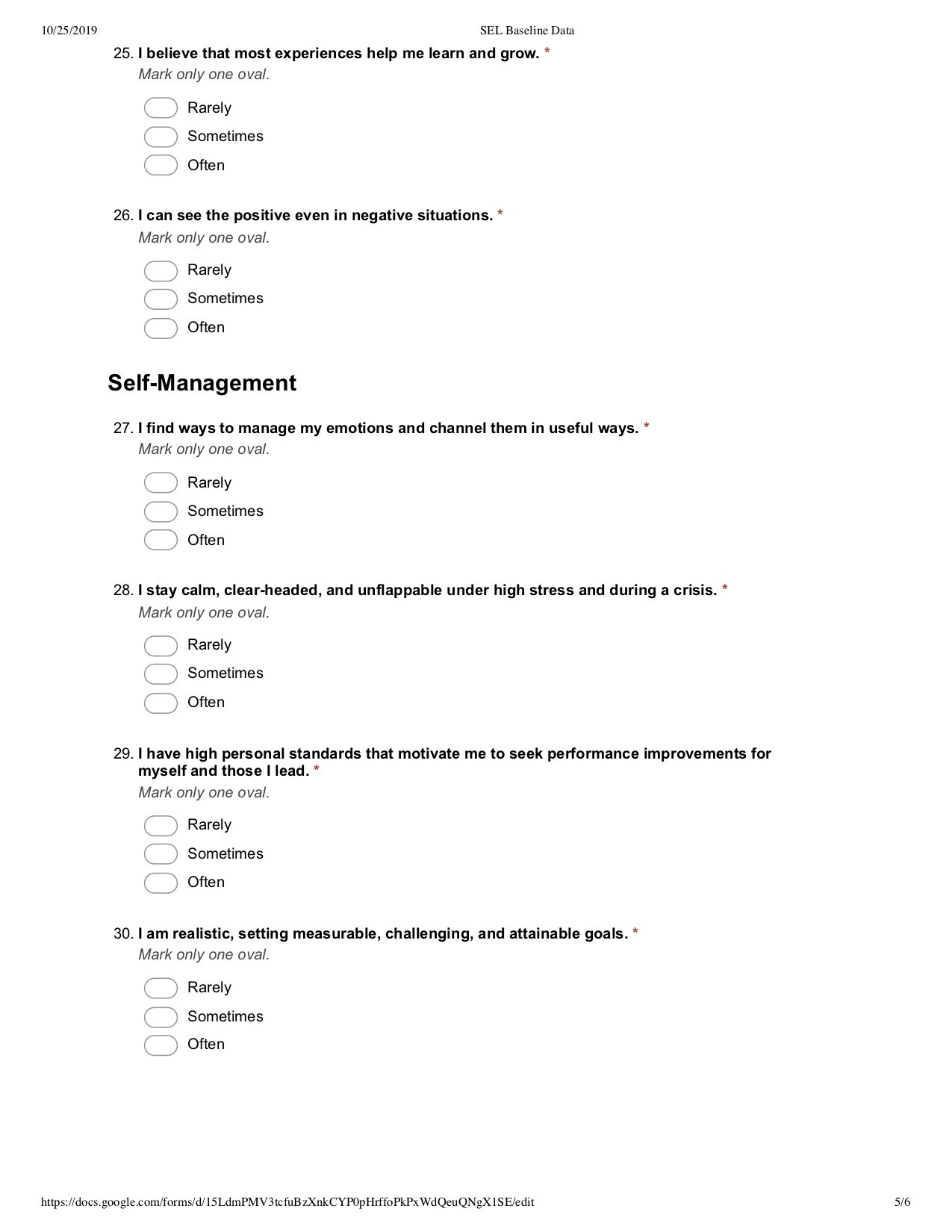Getting my students started with Social Emotional Learning...
This summer, I was thankful to attend a CASEL leadership conference in Chicago with colleagues from multiple levels. As a previous instructional coach for the last 3 years I have heard so much about the importance of SEL implementation, but this was my first chance to dig in and really think about how I might implement it in my classroom.
To be honest, I found myself constantly overwhelmed about adding just one more thing. I believe, at my core, in the value of science learning. Could I really take more time to do something else?!
The answer is yes because no. Yes, I can take the time to do one more thing because no it isn’t going to distract from my teaching. Instead, SEL is there to partner with my instruction to build essential skills in students and make them aware of the skills. It is not one more thing. It is the thing that gives context and value to what I am doing with students.
It is not one more thing. It is the thing that gives context and value to what I am doing with students.
The next question, what does this look like? Well…it looks like taking the time to pause and reflect on things being done in class through the lens of the competencies. These do not have to be long discussions, but they do have to be intentional ones. To better facilitate the discussion and remind me to make time for it, I created the posters below. I will mention how I introduced them to students later.
I started my new year in a new position as a high school teacher on maternity leave. Not the best timing, I know. Not wanting to wait to build some SEL skills until I return, I asked my friend, colleague, and instructional coach, Meg Frideres to work with my students on what we called Mindfulness Monday. Meg is a mindfulness guru in our district and worked on mindful breathing, positive thinking, gratitude, and mindful listening with students.
Now that I am back, I am using the skills Meg worked on with my students as we develop our SEL goals and prepare for meaningful discussions around the competencies. Disclaimer: I did choose to spend some time on creating goals with students around SEL for science. Yes…that is time I am not technically teaching science standards. BUT I believe taking time to do this will improve the efficiency in my classroom. I suppose time will tell…
Here is the process I took for the Goal Setting:
Step One: Establish a baseline. To do this, I created a google form based on the CASEL leadership competency self-reflection. Here is what it looked like…
Step Two: Students were asked to complete the survey thoughtfully while in class and then use their responses to complete the reflection below.
Step 3: On the next day, I started the class asking students to define the competencies as they know them. Students responded on notecards which I have filed away for them to reflect on later in the year.
Step 4: To ensure the coming mindful conversations were productive, I gave students 15 minutes to respond to the four questions below on a separate piece of paper. As you can see, students were provided sentence stems to start their thinking.
Step 5: We reviewed Mindful Listening and added in paraphrasing. After talking with Meg, we thought the best skill to help students wrap up their thinking would be for the listener to paraphrase the overall message from the speaker. Knowing this was a new skill, I first modeled for my students. I did this by asking a single student to come up and talk for one minute of one of two topics: “Best college football team in the country” or “Best Ice Cream Flavor ever invented”. Finally, to ensure students were comfortable paraphrasing their partner’s thoughts, I had them practice twice. Once with the “Best Movie Ever Recorded” and another time with “Their Weekend Plans”. By the time students had observed the modeling and practicing, they were able to see the value in paraphrasing as helping them as a listener stay focused and as a speaker have a summary of their thoughts.
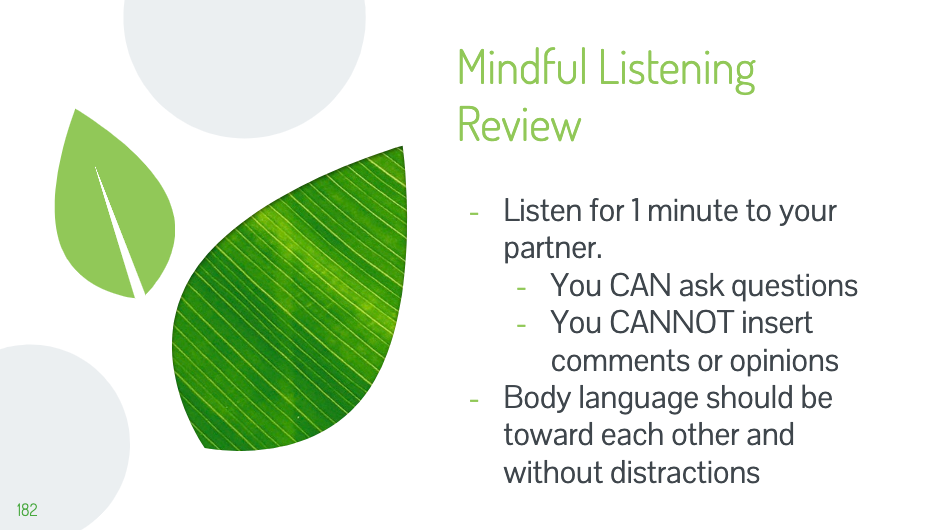
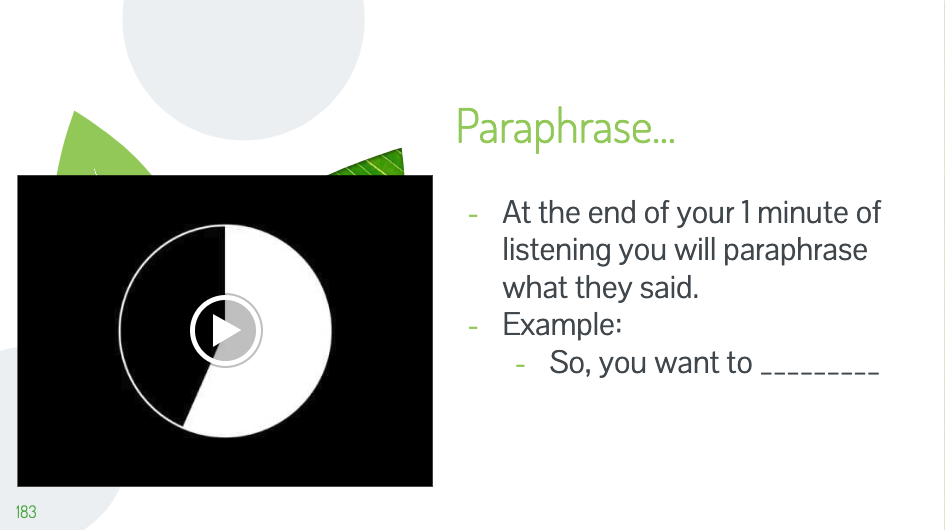
Step 6: The Discussion. This was key. First, I gave students examples through my own personal goal. Students need to see that we are not only asking them to improve but also we are committed to improving ourselves. So I talked about my need for Self-management, more specifically impulse control. Students were asked to talk for one minute, 3 times. I included the slides that facilitated this process and asked them to reflect below.
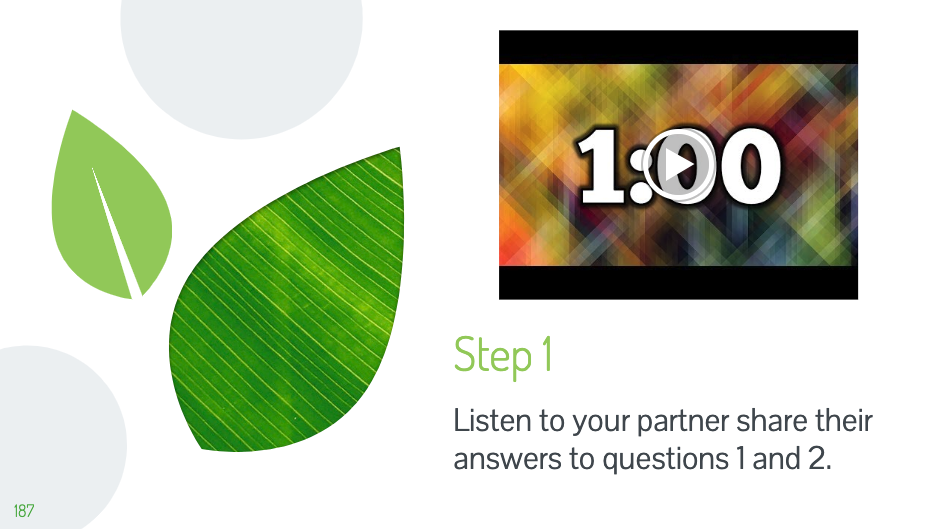

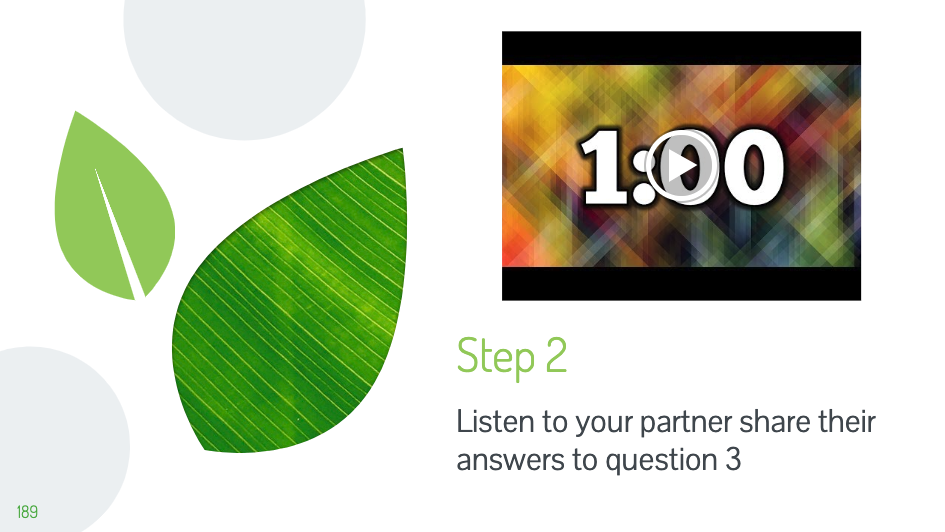

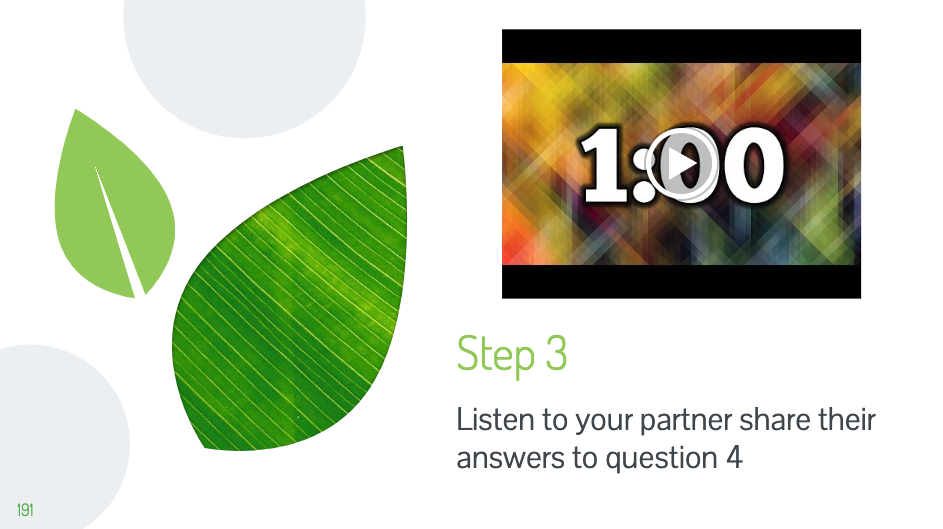
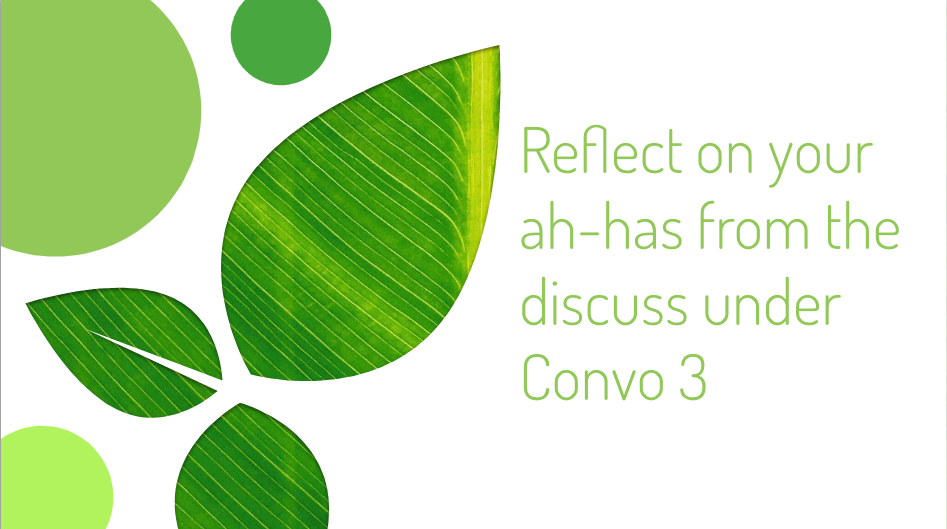
Step 7: I let students know that they would be conference with me about their goals next week (possibly another blog post?)
Step 8: Using the posters. After we were all said and done, I asked students to use the posters to explain to me what examples of the competencies we were doing by engaging in goal setting and mindful listening/paraphrasing. Students had amazing ideas and most of them noted that all competencies were hit on in these activities.
Reflecting…
Overall, things went really well. I enjoyed hearing students insights into themselves and each other. There was, of course, the struggle with immaturity and discomfort, but students handled it well with gentle and not so gentle reminders. My last period of the day struggled most with the activity. I am still trying to figure out how I can best meet their needs and ensure the best learning experience for them all.
In the future, we are going to continue drawing our collective attention to the competencies. Having conversations around them and in the future using them to set goals as a class.
I am so excited about this journey and I cannot wait to keep you all in the loop!

